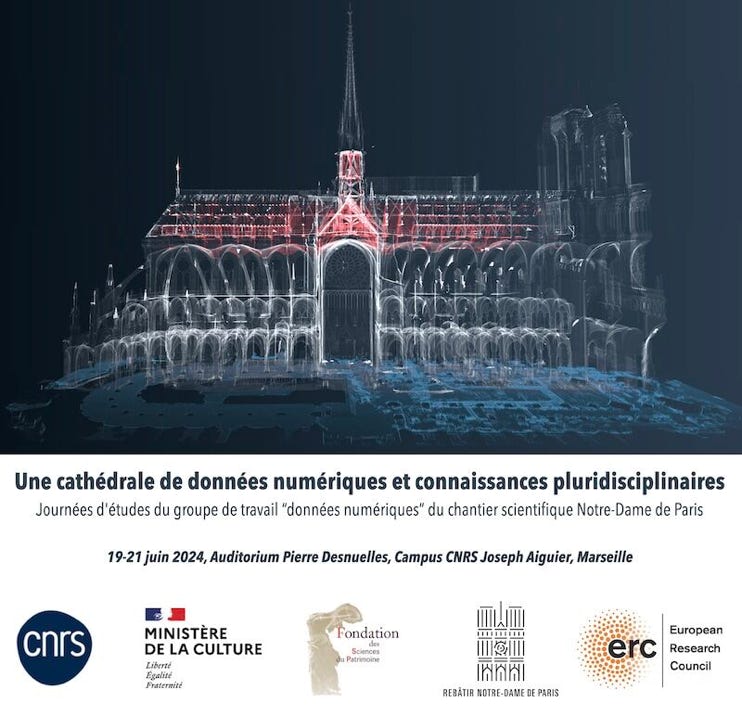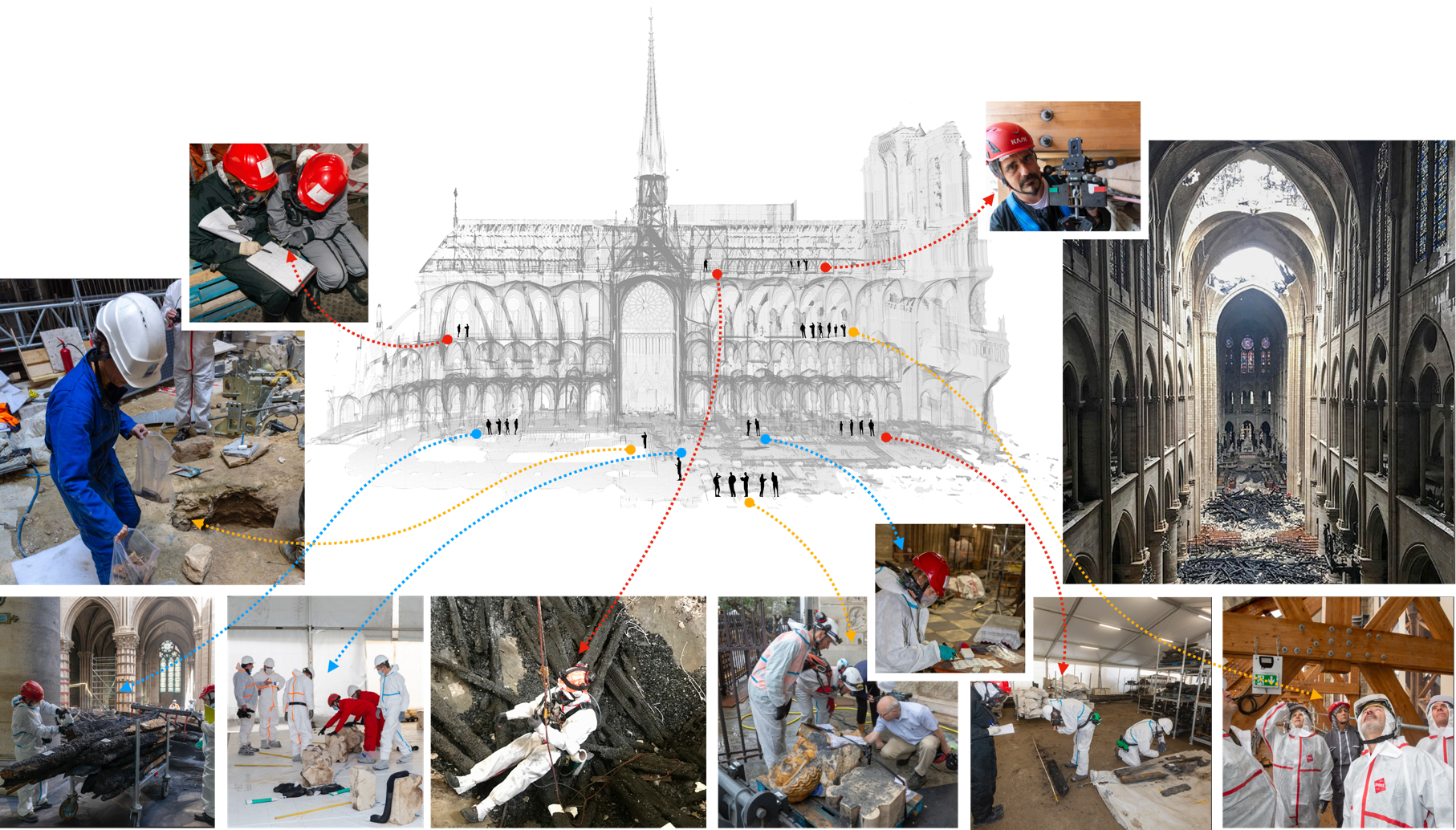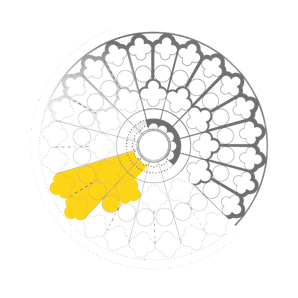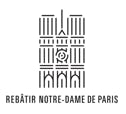Mon, 20 May 2024
A cathedral of digital data and multidisciplinary knowledge for heritage science
Workshop organised by the "digital data" working group of Notre-Dame de Paris Scientific Project
19-21 June 2024, Auditorium Pierre Desnuelle, CNRS Joseph Aiguier Campus, Marseilles
As part of the Notre-Dame de Paris research project, interaction between different disciplines has been crucial to enriching our understanding of a complex heritage object, while renewing our thinking on collaborative methods in the digital age.
The 'digital data' working group's approach to computational modelling and digitisation takes advantage of this wide-ranging scientific project, bringing together specialists from a variety of fields (archaeology, anthropology, architecture, history, chemistry, physics, computing) to develop a body of data that reflects current scientific practice in the study of heritage.
Following thematic paths from the material object to its digitisation, and then from data to multidisciplinary knowledge, these study days are structured around sessions presenting the advances made by the members of the 'digital data' working group and round tables to discuss the issues relating to these advances with the representatives of the other working groups of the scientific site (wood, stone, structure, acoustics, decoration, heritage emotions, etc.). The aim of this structure is to encourage a rich, interdisciplinary exchange of ideas, enabling in-depth discussions on the methodologies, results obtained and prospects to be developed in the coming years as part of the nDame_Heritage ERC project.
Although focused on data from Notre-Dame de Paris, this event aims to extend its reflections and methodologies to the wider field of heritage science. Our aim is to lay the foundations for understanding and managing scientific data for the purposes of heritage knowledge, conservation and restoration.

The workshop is open to the public, with registration necessary to attend in person or by videoconference.








